ACHG300 Assignment 1: Part 2
Dream Catcher
Traditional dream catchers are intended to protect people who are sleeping from negative, bad dreams while still letting the positive, good dreams come through.
The good dreams go through the hole in the center of the dream catcher and then glide down the feathers to the person sleeping below. This, of course, is why people say that dream catchers should always hang over your bed, otherwise, it won’t work. It is said that the bad dreams get caught up in the web during the night and once the sun rises and shines on the dream catcher, they get destroyed. Native Americans and of course others, truly believe that dream catchers have the power to catch all of your dreams; trapping the bad ones in the web, and only letting the good dreams pass through the hole in the middle.
- Prophecies: Dreams can show future events that will affect a tribe or individual person.
- Names: Spiritual leaders can receive the name of a newborn child through dreams.
- Spiritual Strength: Many Ojibwe people pray, meditate, and fast in order to bring on dreams that will give them spiritual guidance during difficult times.
- Symbolism: Dreamers will often see a symbol that has personal meaning to them throughout their lives. Many Ojibwe make a charm to keep with them to remind them of the symbol. Some even take them to the grave when they die for strength in the afterlife.
 All parts of the authentic Native American dreamcatcher have meaning tied to the natural world. The shape of the dreamcatcher is a circle because it represents the circle of life and how forces like the sun and moon travel each day and night across the sky. The dream catcher web will catch the bad dreams during night and dispose of them when the day comes. As for the good dreams, the feathers act as a fluffy, pillow-like ladder allowing them to gently descend upon the sleeping person undisturbed. There is some contention when it comes to the meaning of the beads that often decorate the dreamcatcher. According to some American Indians, the beads symbolize the spider--the web weaver itself. Others believe the beads symbolize the good dreams that could not pass through the web, immortalized in the form of sacred charms.
All parts of the authentic Native American dreamcatcher have meaning tied to the natural world. The shape of the dreamcatcher is a circle because it represents the circle of life and how forces like the sun and moon travel each day and night across the sky. The dream catcher web will catch the bad dreams during night and dispose of them when the day comes. As for the good dreams, the feathers act as a fluffy, pillow-like ladder allowing them to gently descend upon the sleeping person undisturbed. There is some contention when it comes to the meaning of the beads that often decorate the dreamcatcher. According to some American Indians, the beads symbolize the spider--the web weaver itself. Others believe the beads symbolize the good dreams that could not pass through the web, immortalized in the form of sacred charms.The Legends of a Dream Catcher
 The Ojibwa Tribe
The Ojibwa Tribe
The original web dream catcher of the Ojibwa was intended to teach natural wisdom. Nature is a profound teacher. Dream catchers of twigs, sinew, and feathers have been woven since ancient times by Ojibwa people. They were woven by the grandfathers and grandmothers for newborn children and hung above the cradleboard to give the infants peaceful, beautiful dreams. The night air is filled with dreams. Good dreams are clear and know the way to the dreamer, descending through the feathers. The slightest movement of the feathers indicated the passage of yet another beautiful dream. Bad dreams, however, are confused and confusing. They cannot find their way through the web and are trapped there until the sun rises and evaporates them like the morning dew.The Lakota Legend
 Long ago, when the world was young, an old Lakota spiritual leader was on a high mountain. On the mountain, he had a vision. In his vision, Iktomi - the great trickster and teacher of wisdom - appeared in the form of a spider.
Long ago, when the world was young, an old Lakota spiritual leader was on a high mountain. On the mountain, he had a vision. In his vision, Iktomi - the great trickster and teacher of wisdom - appeared in the form of a spider.
Iktomi spoke to him in a sacred language. Only spiritual leaders of the Lakota could understand. As Iktomi spoke, he took the elder's willow hoop - which had feathers, horse hair, beads and offerings on it - and began to spin a web.
He spoke to the elder about the cycles of life and how we begin our lives as infants. We then move on to childhood and in to adulthood. Finally, we go to old age where we must be taken care of as infants, thus, completing the cycle.
"But," Iktomi said as he continued to spin his web, "in each time of life there are many forces - some good and some bad. If you listen to the good forces, they will steer you in the right direction. But, if you listen to the bad forces, they will hurt you and steer you in the wrong direction."
He continued, "There are many forces and different directions that can help or interfere with the harmony of nature and also with the Great Spirit and all of his wonderful teachings."
All while the spider spoke, he continued to weave his web ... starting from the outside and working toward the center. When Iktomi finished speaking, he gave the Lakota elder the web and said, "See, the web is a perfect circle, but there is a hole in the center of the circle."
"Use the web to help yourself and your people ... to reach your goals and make use of your people's ideas, dreams and visions. If you believe in the Great Spirit, the web will catch your good ideas, and the bad ones will go through the hole."
The Lakota elder passed his vision on to his people. Now, the Sioux use the dreamcatchers as the web of their life. Traditionally, it is hung above their beds or in their homes to sift their dreams and visions. Good dreams are captured in the web of life and carried with them ... but the evil dreams escape through the center's hole and are no longer part of them.
Lakota believe the dreamcatcher holds the destiny of their future.
10 Dream Catcher Fun Facts
1. Dream catchers have been around for over 1000 years.
2. Dream catchers come in all different shapes and sizes. You can now buy belly rings, lamp shades, clothes and earrings all in the shape and style of dream catchers.
3. There is no proof dream catchers work.
4. However there is no proof they don’t work.
5. Dream catchers are said to catch all your bad dreams and if it the web is ripped or broken all the dreams will be released back into your mind to later come back.
6. Over 300,000 people a month search for information on dream catchers.
7. Over 17 million dream catchers are sold every year.
8. The tribe that invented dream catchers called it an asabikeshiinh which means spider.
9. The natives that first began making dream catchers spoke a language called Ojibwe which nobody speaks to this day.
10. Dreamcatcher was also a name of a film in 2003 which involved aliens and had nothing to do with dreams.
Traditional Dream Catcher




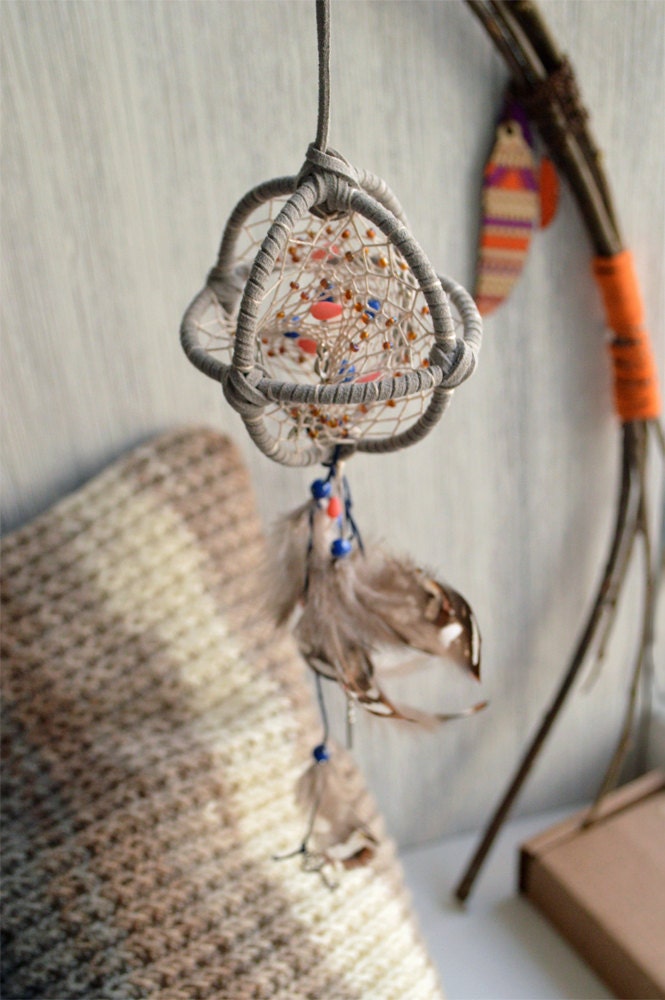


Modern Dream catchers


Dream catcher inspired art


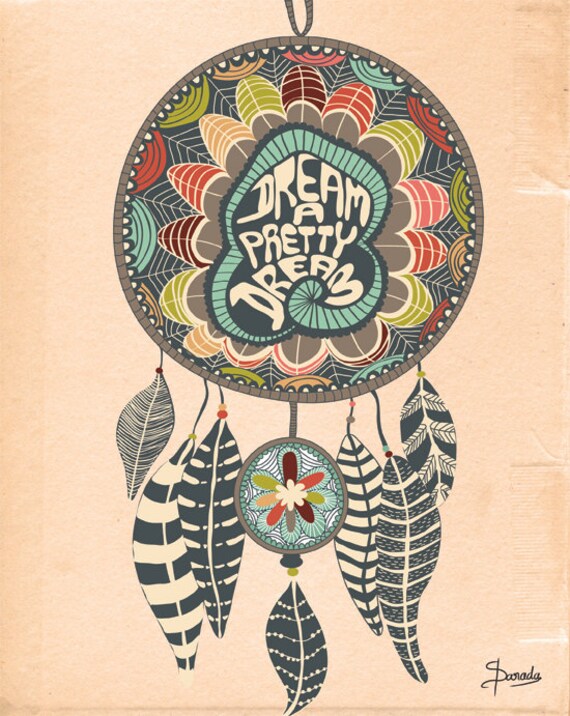


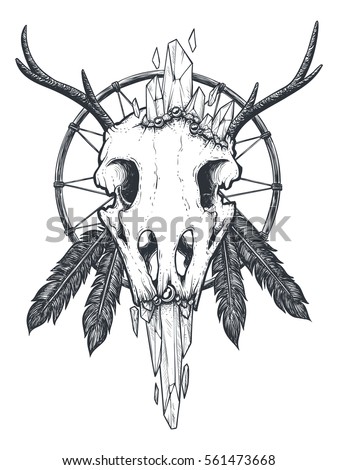
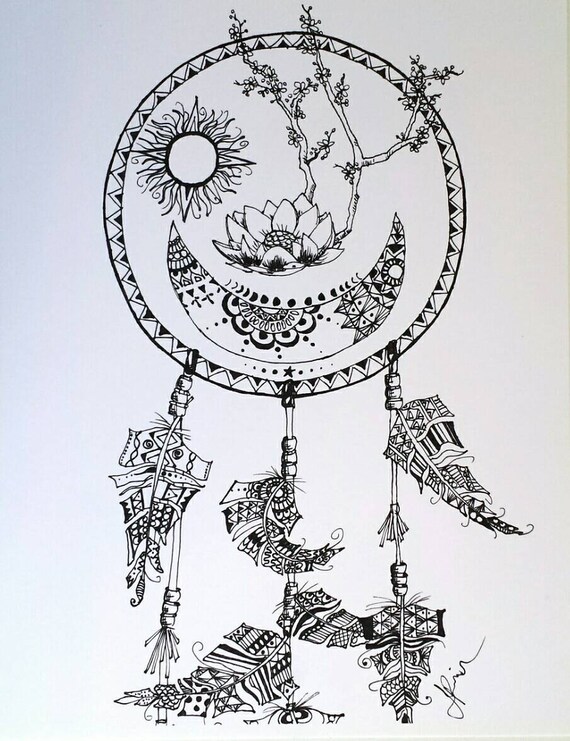


Dream catcher Accessories






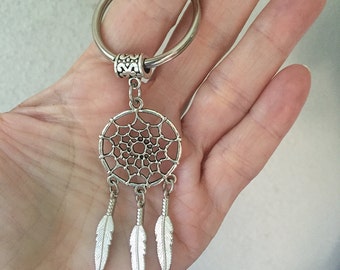
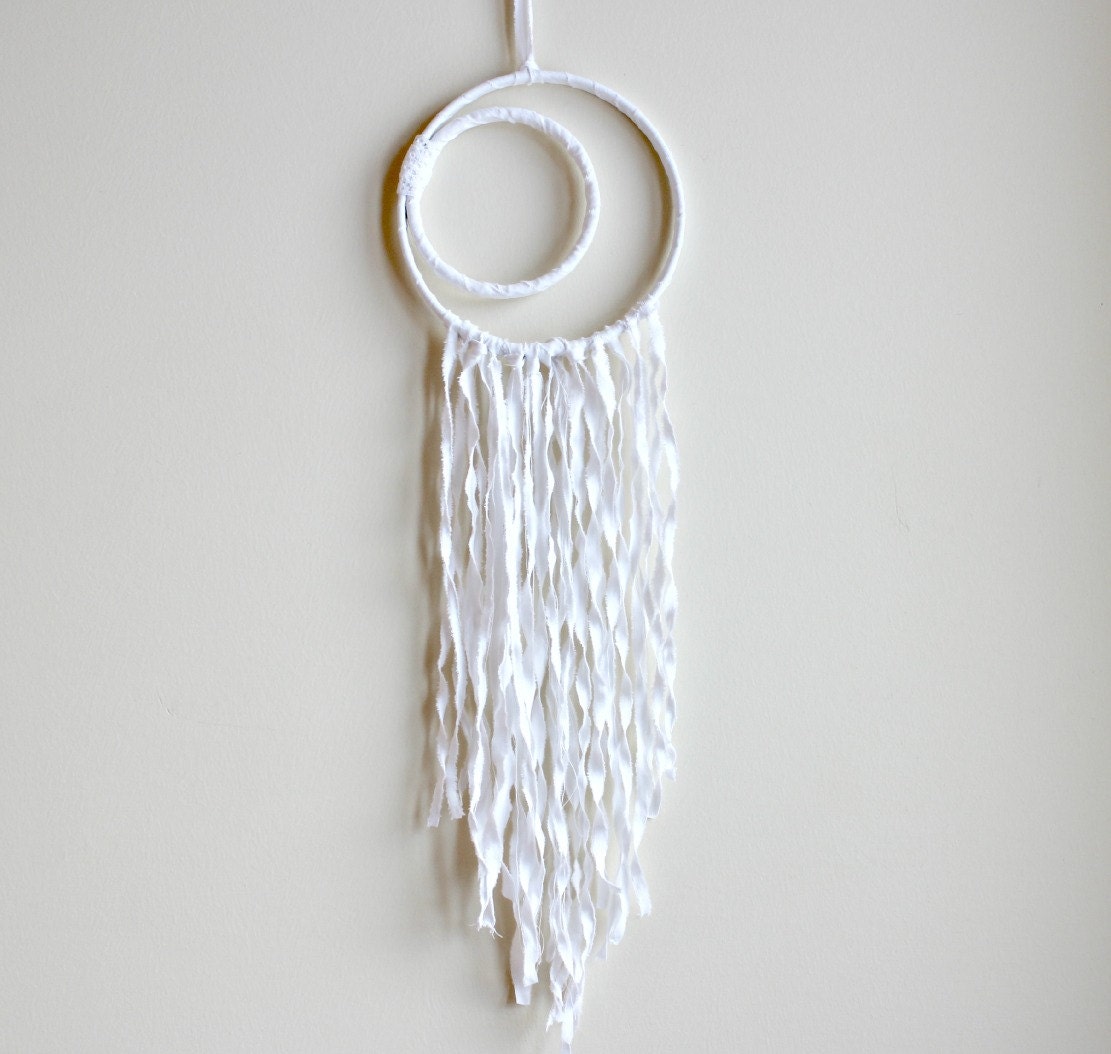




Comments
Post a Comment